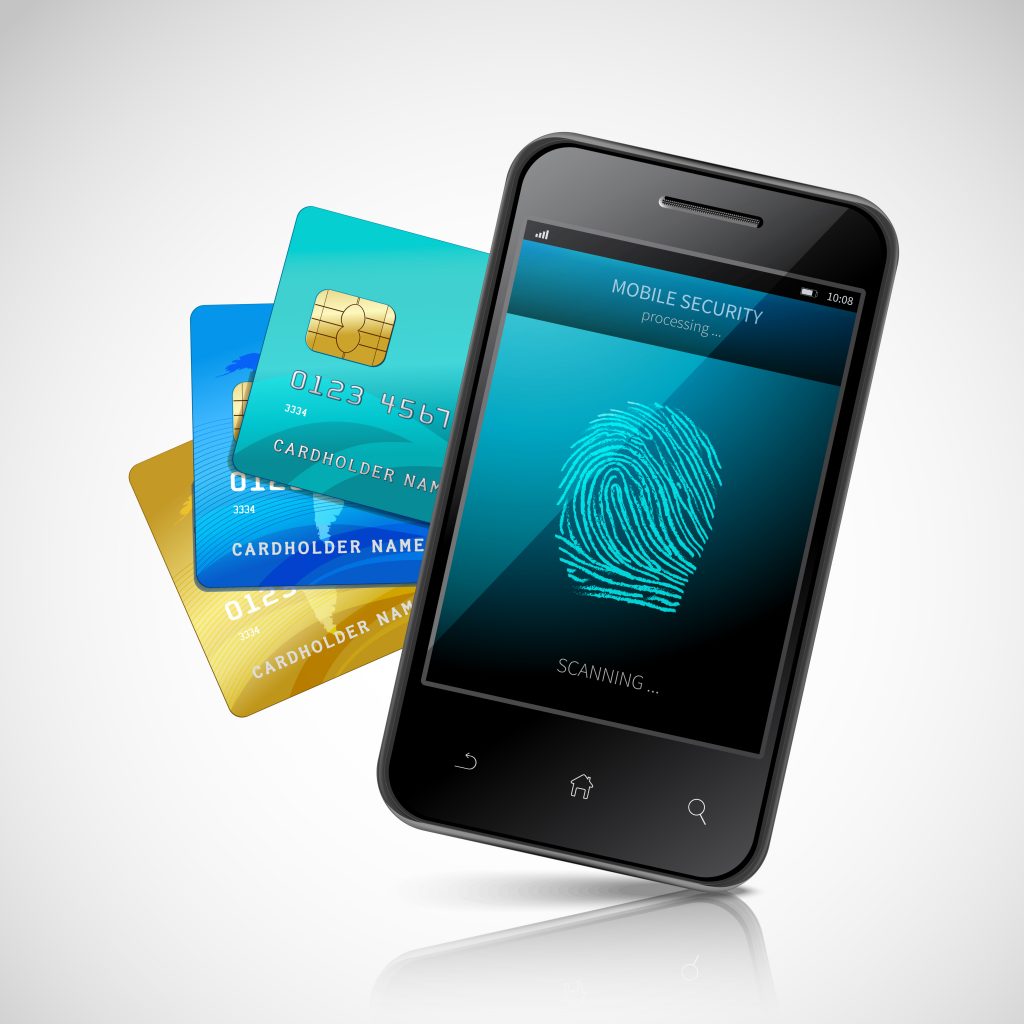Given the extent of changes to the way we work, live and conduct business over the past 18 months, it has been difficult to keep track. Yet, with light at the end of the tunnel, it may well be our fingerprints that offer a sense of security as we head back into a transformed world.
Of course, we are not at that tunnel’s end just yet. With the Delta variant in particular surging in parts of the world, there are some restrictions associated with pandemic life that were not just an early stage phenomenon. In the retail sector, many consumer behaviors – both digital and physical – are therefore set to change maybe forever.
Pre-pandemic, society was already moving away from cash transactions and the pandemic saw an uptick in consumers abandoning cash altogether for hygiene regulations or the avoidance of ATMs for similar reasons. In a recent consumer survey, sponsored by IDEX Biometrics, 500 respondents aged 18-60+, unanimously agreed that contactless payments were safer with 64 percent concerned that touching payment terminals increases a person’s risk of [COVID] infection.
In addition to that, there is even a concern around the usage of mobile payment options given fears around security or a lack of comfort among many segments of the population. In that same survey, 85 percent of respondents would prefer a more secure payment card, with nearly 70 percent of those preferring the elimination of a signature or PIN code. In fact, a staggering 91 percent of Americans want a card that is tied to their unique fingerprint!
These shifts will likely continue, even once we are out of immediate COVID danger. And should these behaviors, preferences and regulations persist at the other side of this tunnel, then a more sustainable, safe, and timely solution is likely to rise to the forefront, in the shape of fingerprint biometric authentication.
The biometrics offering
The above behaviors point towards a world where payment authentication is best achieved before even entering a transaction situation – where your payment method is completely, undeniably attached to your identity. And this is already being seen and achieved through biometrics across both business and consumer use cases.
The most common example is facial recognition or authentication, which is now a recognizable way to unlock digital devices or to validate your passport when going through customs. Alternately, biometrics has been applied to palm vein scans as seen via the innovative Amazon One product, which is already being used in Amazon Go stores, and is being earmarked for wider retail, venue and event usage as well.
However, while at first glance, these solutions address the social distancing and hygiene elements of concern that are likely to persist in the future, they don’t tick every box. What use is facial recognition when people are wearing face masks in crowded public places? Most iPhone users have discovered that logistical difficulty over the past year.
Additionally, how can a consumer feel safer about their data footprint and digital security when new biometric products like Amazon One are storing their own body parts’ makeup in the cloud?
A timely alternative at your fingertip
People want to be reintroduced to the real world, but they also want to feel safer and more secure while doing so. If the example solutions presented do not address those issues, then a new solution is needed. This is why card-based fingerprint biometric authentication offers the most relevant and timely guide back into social and transactional situations.
At first glance the core benefits are much the same – an ability to confirm your identity simply, securely, and undeniably, while maintaining strong levels of hygiene and efficiency. However, in addition to these shared traits, fingerprint biometrics also bypass the need to risk your health by removing face coverings. And perhaps most significantly, they operate without any danger to your personal data.
Fingerprint biometric payment cards deliver on card end-to-end encryption which means that consumers not only have access to a product that cannot be subjected to fraud, even if stolen; but the individual’s data is also protected without fear of it getting into the wrong hands.
King of the new world
Speed, accuracy, security and – importantly– safety are all addressed by fingerprint biometric authentication in a way that also does not expect users to learn a new technology. Unlike the intensified reliance on mobile wallets, hand scanners or face recognition screens, biometric payment cards are an upgrade on an already much-loved product.
Debit and credit cards are nothing new, but, according to Pew Research, consumers still see them as the most secure form of payment. Retaining this familiarity while dramatically improving security is a tangible way that retailers and banks can improve the consumer experience moving forward. To do so during a forthcoming period where a host of new fears or concerns are likely to be at the forefront of people’s minds, could be an outright differentiator.
The transformed world that awaits us presents an opportunity for service providers, but only if they take heed of people’s insecurities. By making fingerprints ‘King’ of the biometric security measures, the financial services and retail sectors relationship with a changed public in this new world can get off to the best possible start.
